This Dr. Axe content is medically reviewed or fact checked to ensure factually accurate information.
With strict editorial sourcing guidelines, we only link to academic research institutions, reputable media sites and, when research is available, medically peer-reviewed studies. Note that the numbers in parentheses (1, 2, etc.) are clickable links to these studies.
The information in our articles is NOT intended to replace a one-on-one relationship with a qualified health care professional and is not intended as medical advice.
This article is based on scientific evidence, written by experts and fact checked by our trained editorial staff. Note that the numbers in parentheses (1, 2, etc.) are clickable links to medically peer-reviewed studies.
Our team includes licensed nutritionists and dietitians, certified health education specialists, as well as certified strength and conditioning specialists, personal trainers and corrective exercise specialists. Our team aims to be not only thorough with its research, but also objective and unbiased.
The information in our articles is NOT intended to replace a one-on-one relationship with a qualified health care professional and is not intended as medical advice.
How to Get Rid of Acne Scars: 12 Treatments
December 4, 2022
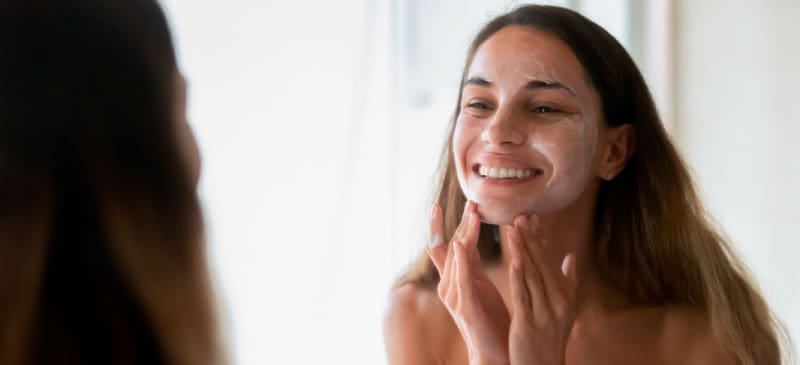
According to the American Academy of Dermatology, acne is the most common skin condition in the United States. Occasional breakouts and chronic acne plague tens of millions of Americans of all ages every year.
About 85 percent of teens experience some type of acne, but even adult hormonal acne occurs and can have occasional breakouts, too. About half of teens and young adults suffering from acne will have severe enough symptoms to seek out professional help from a dermatologist.
From mild to severe, acne can cause painful and unsightly outbreaks on the face, back, chest and even arms. Left untreated, acne can also lead to diminished self-esteem and long-term hyperpigmentation or acne scars. Genetics, changing hormone levels, lack of sleep and stress are all contributing factors to acne.
The good news is this: There are many safe treatments for acne scars now available. Learn more below and consider using in combination with acne home remedies.
What Is Acne?
Acne vulgaris is the term for a group of skin conditions that cause most acne pimples. Acne is typically categorized into two main types: non-inflammatory and inflammatory acne. Acne is also described as mild, moderate or severe acne, or sometimes given a grade of either grade I, II, III or IV acne.
The main types of acne include:
- Non-inflammatory acne — characterized by whiteheads and blackheads, but not cysts/nodules.
- Inflammatory acne — usually caused by small infections due to P. Acnes bacteria.
- Nodular acne (also called nodulocystic acne) and cystic acne have many things in common, and sometimes the terms are even used interchangeably. Both are severe types of acne that form deep breakouts underneath the surface of the skin, resulting in large, inflamed cysts and nodules that appear on the skin. One difference between the two is that cysts are softer than nodules and more likely to have noticeable pus inside.
- Acne Fulminans — a severe form of inflammatory acne that usually affects adolescent males on jaw, chest and back.
- Acne Mechanica — triggered by excess pressure, heat and friction. Often affects athletes, causing small bumps and some inflamed lesions.
Here is how acne is graded depending on the type of symptoms it causes:
- Grade I — causes mild whiteheads, blackheads and small pimples that are not inflamed.
- Grade II — Moderate acne that causes frequent breakouts of pustules and papules.
- Grade III — large amount of inflammation, numerous papules and pustules, and some nodules.
- Grade IV — the most severe form of acne, causing many nodules, cysts, pustules and papules that often appear on the face, back, chest, neck and buttocks.
Symptoms
Acne symptoms will depend on the specific type of acne someone has and the underlying cause of the skin irritation/inflammation. They include:
- Blackheads, or small black dots on the skin, usually around the nose, forehead or chin. These are also called “comedones” and result from debris getting trapped inside of a follicle.
- Whiteheads, which can form when pus builds under the skin and forms a “head.” These result from follicles getting plugged with sebum and dead skin cells.
- Papules and pustules (the technical name for pimples) which cause small or medium-sized bumps on the skin that are round, red and don’t always have a visible “head.” These are caused by “moderate” types of acne and are not as severe as cysts or nodules.
- Cysts or nodules, which are severe pimples that are infected and painful. They can form within deeper layers of the skin, become very swollen or tender, and take longer to heal then papules and pustules.
- Dark spots on the skin (hyperpigmentation).
- Scars, most often left behind from nodules or cysts, especially if they have been “popped” or picked.
- Increased sensitivity to products, heat, sweat and sunlight.
- Decreased self-esteem, self-consciousness, anxiety and depression.
Causes
The main causes of acne include:
- Clogged pores, caused by things like excess oil production and dead skin cells. Sebum is the type of oil released into hair follicles that can become trapped beneath surface of the skin and clog pores.
- Bacteria
- Hormone imbalances or fluctuations. For example, when androgen hormones increase oil production rises. This often happens in teens and young adults suffering from acne, especially women experiencing PMS, irregular periods, pregnancy, early menopause and other hormonal conditions such as poly cystic ovarian syndrome (PCOS).
- Poor diet, such as the “Standard American Diet” that includes lots of refined grains, sugar and unhealthy fats.
- High amounts of stress and related problems like psychiatric disorders such as depression and anxiety.
- Use of certain medications, including corticosteroids, androgens, birth control pills and lithium.
- Sleep deprivation
- Friction and irritation to the skin, such as from sports equipment and backpacks that can lead to acne breakouts on the chin, forehead, jawline and back.
- Genetic predisposition
- Smoking and other causes of inflammation
Once believed to strike most often during teen years, acne is now affecting millions of adult women, many of which never had a problem with acne in the past. A review published in the Archives of Dermatological Research found evidence that sleep deprivation, stress and other aspects of “modern life” are linked to adult female acne.
Treatments
Dermatologists can prescribe medications to treat acne, including gels, lotions, cleansers and even antibiotics. But sometimes the harsh chemicals used in over-the-counter and prescription acne products can cause further irritation to already-sensitive or inflamed skin. In other words, pay close attention to how each treatment may affect your skin.
Meanwhile, consider some of these more promising treatments for acne in the recent years:
1. Microneedling
One procedure that some dermatologists or aestheticians recommend is microneedling, a minimally invasive skin treatment to boost collagen in the skin and a natural way to improve acne scars as long as the acne isn’t active.
A 2009 study examined the effects of multiple microneedling treatments on 37 patients with acne-related facial scarring. Over 80 percent of the patients evaluated their microneedling treatment as “excellent” on a 10-point scale. There were no significant adverse effects recorded for any of the patients.
2. Chemical Peels
A chemical peel is a skin-resurfacing procedure that uses a solution of various chemicals that are applied to the skin. Chemical peel solutions cause the top layer of skin to peel off in order to hopefully smooth the surface of the skin and provide other benefits like fading fine lines and acne scars. They do this by unclogging pores, skimming the surface of the skin to remove blackheads, and depositing ingredients that help to fade post-pimple marks.
Deep peels can be used to remove pre-cancerous growths, deep scars or wrinkles, serious acne scars and stubborn age spots.
What’s the best type of chemical peel for acne scars? Salicylic acid and lactic acid are often used in peels that are intended to clear acne, while acids like trichloroacetic acid may be applied to fade scars.
Just be aware that peels and other acne treatments can increase photo-sensitivity, so you’ll need to protect your skin from the sun.
3. Microdermabrasion
Microdermabrasion is a non-surgical exfoliating treatment. A handheld device is used to “sand away” dead skin cells in order to make way for healthier cells. It’s better suited for light scars rather than deep scars, as it doesn’t work beyond the first layer of skin.
This noninvasive procedure has been shown to promote skin rejuvenation, increase cell thickness and boost collagen synthesis. Benefits also include improving acne scars, age spots, fine lines and wrinkles, plus helping to promote even skin tone and minimizing pores.
4. Dermaplaning
Dermaplaning, a form of dermabrasion, is an exfoliating treatment performed by a dermatologist and involves gently scraping the top layer of the skin with a clean surgical scalpel. It can help decrease wrinkles, fine lines, hyperpigmentation and scars — and it encourages skin cell turnover and regeneration.
Also, by removing dead skin cells from the skin, dermaplaning may reduce clogged pores and pimples that are caused by trapped bacteria. Another benefit of these treatments is a potential decrease in the appearance of post-acne scars and dark spots.
Just be aware that those with cystic acne or active acne should avoid dermaplaning because it can cause irritation and bleeding.
5. Azelaic acid
Azelaic acid is a naturally occurring acid called a dicarboxylic acid. It is applied to the skin for its ability to help improve tone and texture — and particularly to treat acne and rosacea. This acid is found in grains like barley, wheat and rye — plus it can also be created in a lab from yeast. Lab-engineered azelaic acid is the type most often found in skin care products.
Salicylic acid and azelaic acid have certain things in common, including that they can both help prevent breakouts, but azelaic acid seems to be even more powerful for reducing hyperpigmentation, rosacea and other issues tied to inflammation of the skin.
Products containing AA can help diminish skin blemishes in several ways, including by killing bacteria (such as Proprionibacterium acnes and Staphylococcus epidermidis) that clog pores and by decreasing inflammation. Its anti-inflammatory effects make it a good option for people dealing with deep, cystic acne or lots of red bumps, since it may help make blemishes less visible, red and painful.
Some people also use azelaic acid to help prevent and fade acne marks and scars. There’s evidence suggesting it can help improve cell turnover and heal skin more quickly, promoting more even tone once blemishes are healed.
6. Salicylic acid
Salicylic acid is at the top of many dermatologists’ lists of acne-fighting ingredients. Derived from the willow bark tree, this plant that has a number of skin-soothing effects. It’s also a common active ingredient in certain acne creams that helps remove excess cells that trap sebum and bacteria inside pores.
While some other ingredients may be better at killing bacteria that leads to acne and other skin issues, salicylic acid is one of the best at removing dead skin cells and smoothing skin. As a type of keratolytic medication, it has the ability to improve skin’s texture by exfoliating both the inner and outer layers of the skin, reducing unevenness and encouraging skin cell turnover.
Because it can also cause redness and dryness, especially on sensitive skin, start with a product containing 0.5 percent to 3 percent salicylic acid.
7. Tretinoin
Tretinoin is one of the most potent retinol derivatives/retinoid that’s used topically for skin conditions like persistent acne and sun damage. This form of vitamin A works to stimulate cell turnover, which works to promote pore opening and the removal of bacteria that causes breakouts.
Tretinoin is well-known for its ability to improve persistent acne. Studies suggest that it’s able to reduce visible lesions and inhibit the development of new lesions.
It also blocks several inflammatory pathways that activate acne, promotes skin cell turnover and helps control sebum production.
When analyzing tretinoin before and after images, researchers noticed reduced acne lesions after 12 weeks of treatment.
8. Bakuchiol
Bakuchiol is an extract that comes from the leaves and seeds of the babchi plant, and it’s commonly used in Ayurvedic and traditional Chinese medicine.
Bakuchiol is known to be a gentler alternative to retinol but has many of the same benefits. While retinol can sometimes cause redness, burning and stinging, studies show that pure bakuchiol is gaining attention for its ability to improve acne, melasma, photoaging and hyperpigmentation without the adverse effects.
One study found that a complex containing bakuchiol, ginkgo biloba and mannitol was able to improve the efficacy of adapalene, a vitamin A derivative, for treating acne.
A pilot study noted that bakuchiol reduced acne by a score of about 57 percent, whereas salicylic acid reduced acne by 48 percent. When the two ingredients were used together, they reduced acne lesions and inflammation up to 70 percent.
9. Benzoyl peroxide
Benzoyl peroxide is a topical antibacterial treatment that is most often used to treat acne. It’s sold over-the-counter in a range of concentrations, so you don’t need to visit a dermatologist to begin using it.
It’s also available by prescription in more concentrated forms and sometimes combined with other treatments (such as antibiotics or retinoids).
It helps kill bacteria found inside pores, which helps prevent pore clogging. This can reduce infections, redness and inflammation, but sometimes causes negative reactions like dryness, burning and peeling.
Always start with a lower concentration to test your reaction, such as a lotion with 2.5 percent benzoyl peroxide.
10. Alpha hydroxy acids
Alpha hydroxy acids are a group of acids derived from plants and animals. They are used in skin care products for their anti-aging properties. Research indicates that they are useful for improving acne, scars, hyperpigmentation and melasma.
These alpha hydroxy acids help to exfoliate the skin, boost collagen and also work to remove built-up dirt and debris that may clog your pores. One study concluded that a 4 percent solution of glycolic acid and lactic acid improved whiteheads and blackheads significantly.
11. Antibiotics
Dermatologists sometimes prescribe antibiotics to help reduce the amount of bacteria getting trapped inside pores. Examples of antibiotics prescribed to treat acne include clindamycin, doxycycline, erythromycin, and tetracycline. Overall, it’s a good idea to not overuse antibiotics, of course.
12. Blue light therapy
Blue light is more commonly used at home from light-emitting devices, especially for the treatment of acne. It’s been found that blue light reaches the sebaceous (oil) glands in the skin and can help kill porphyrins, which are compounds inside acne bacteria.
Home Remedies
Everyone’s skin is different, so keep in mind that effectively treating acne scars at home requires a multi-disciplinary approach. Home remedies for acne described below can be used in combination with the treatments above to provide the best results for acne scars.
However, keep in mind that while you overcome acne, it’s also very important to avoid the biggest mistakes that can make skin irritation or scarring worse:
- Picking blemishes
- Over cleansing with harsh chemicals and cleansers
- Believing only topical care of the skin is necessary to fight acne
- Not giving skin the chance to adapt to new care
- Failing to stay properly hydrated
- Failing to start treating acne from the inside, out
It’s also key to keep your skin clean:
- Wash with a gentle cleanser, such as one with probiotics, twice daily.
- Apply a lightweight moisturizer to your skin that’s free of fragrances and chemicals.
- Get some sunlight exposure, but never too much and always avoid getting burned.
- Remove all makeup before going to sleep.
- Consider using toners — such as a homemade apple cider vinegar toner — to restore the skin’s natural pH levels.
- Use clay masks weekly, such as with witch hazel or bentonite clay. You can also try this acne scar removal mask that uses certain essential oils that appear to aid healing of the skin.
- Wash your pillowcases often.
- Make sure you wear clean makeup, and keep it minimal to avoid clogging pores.
Comments
Please keep comments under 200 characters.



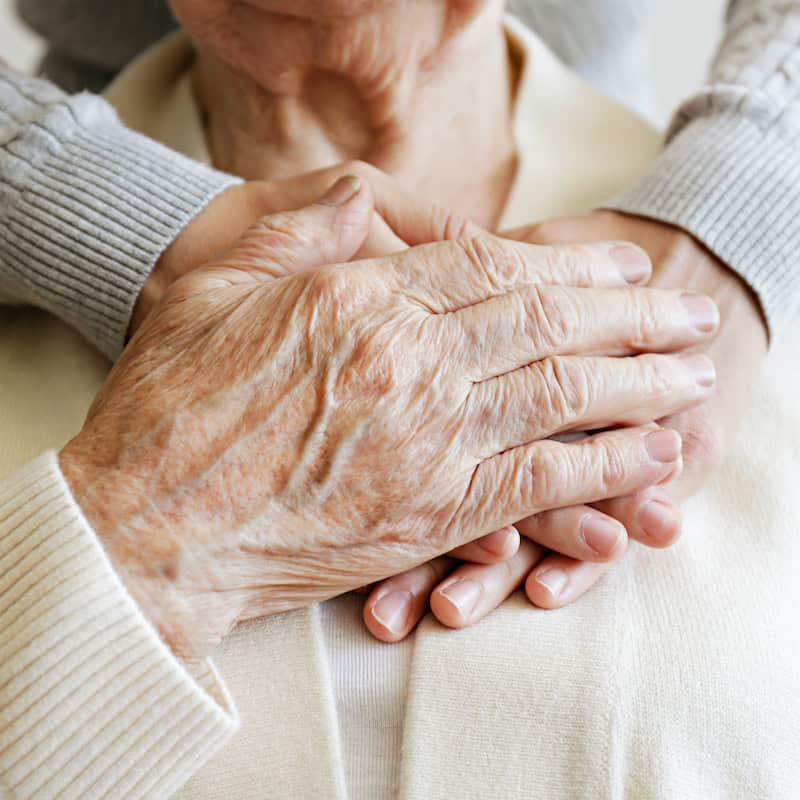

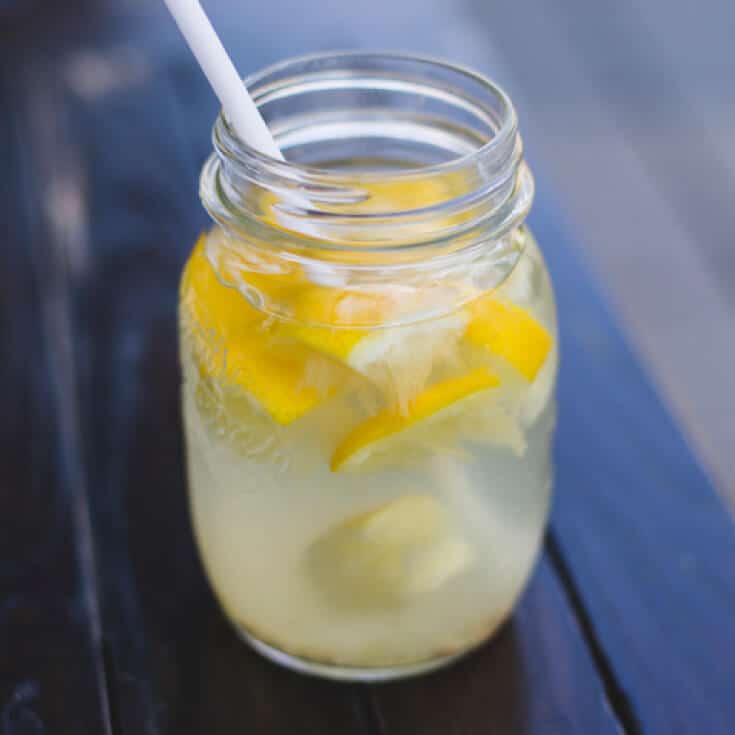
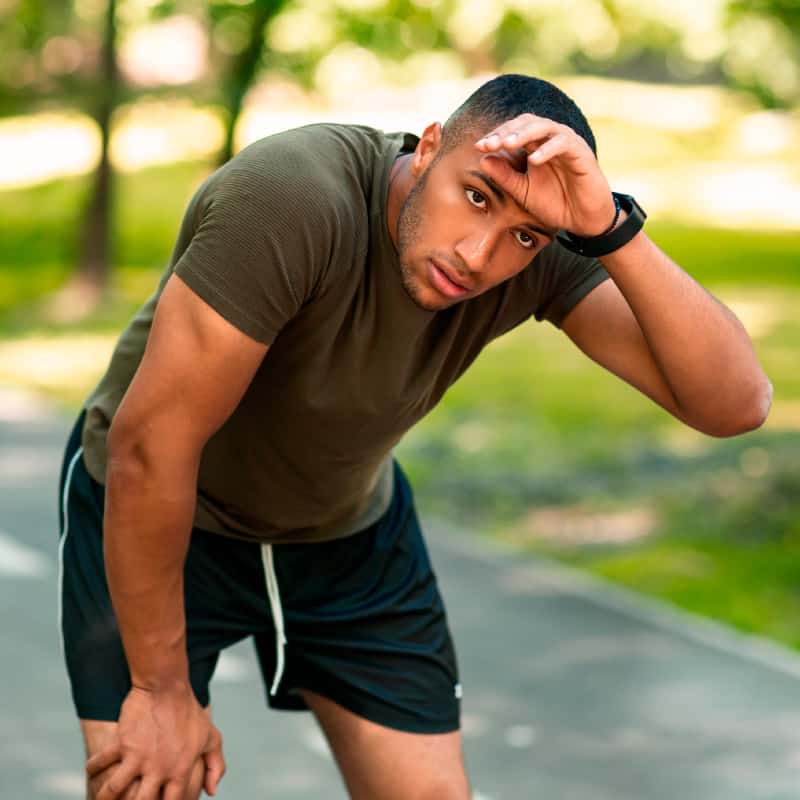
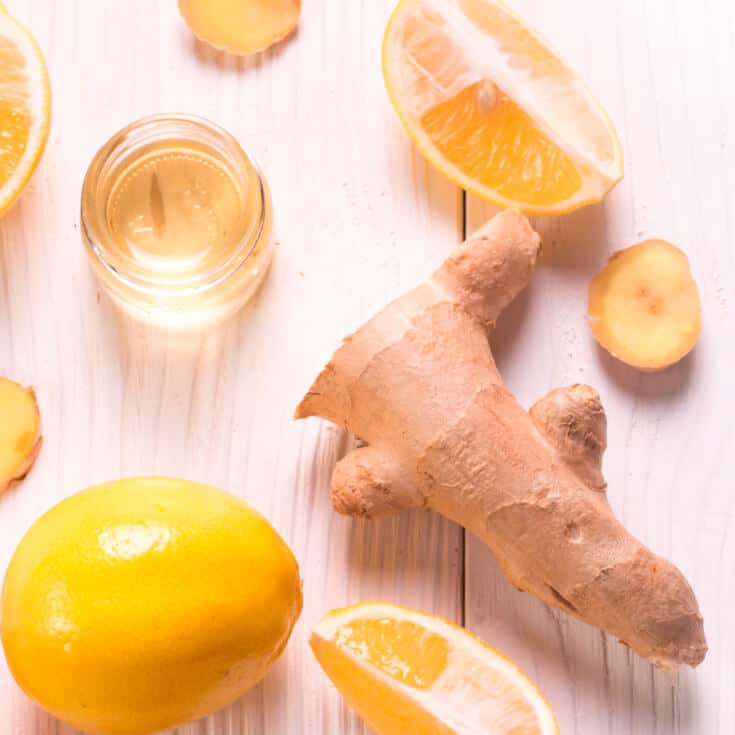

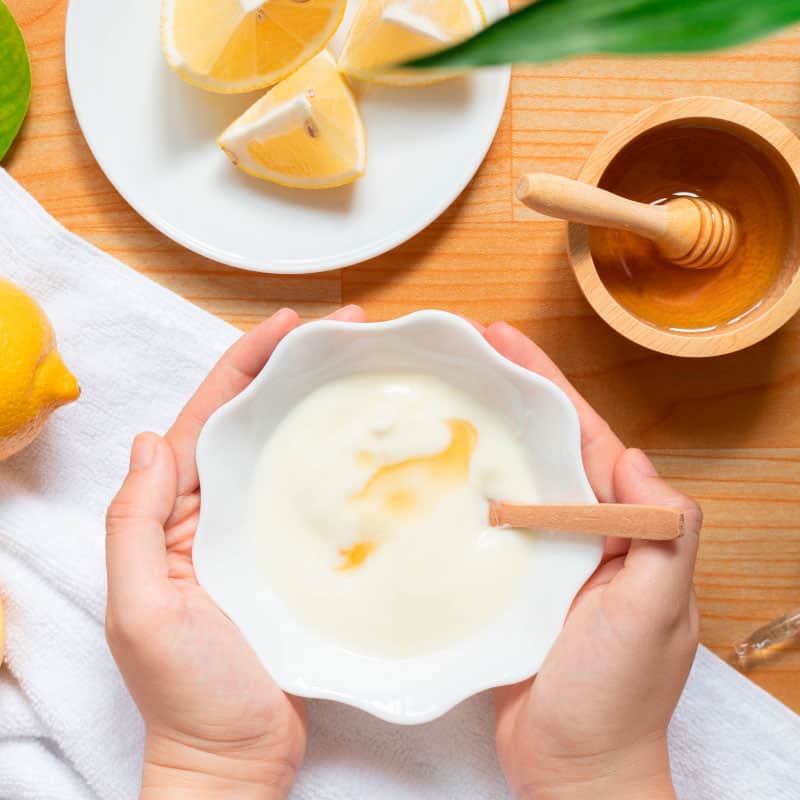


I didn’t like the article because there’s a lot of chemicals being used. Some acne is caused by hormones, maybe a good natural DIM product should been suggested such as Smoky Mountain Natural DIM. Also to exfoliate the skin, I would have thought a natural product would have been suggested such as organic lemon juice or organic apple cider vinegar. Mr Rubin mentioned on his multi collagen interview with TBN/Praise show that antibiotics should never be used.
Disappointed Dr Axe.
acutane?
Where do we finds some of these products.
Thank you